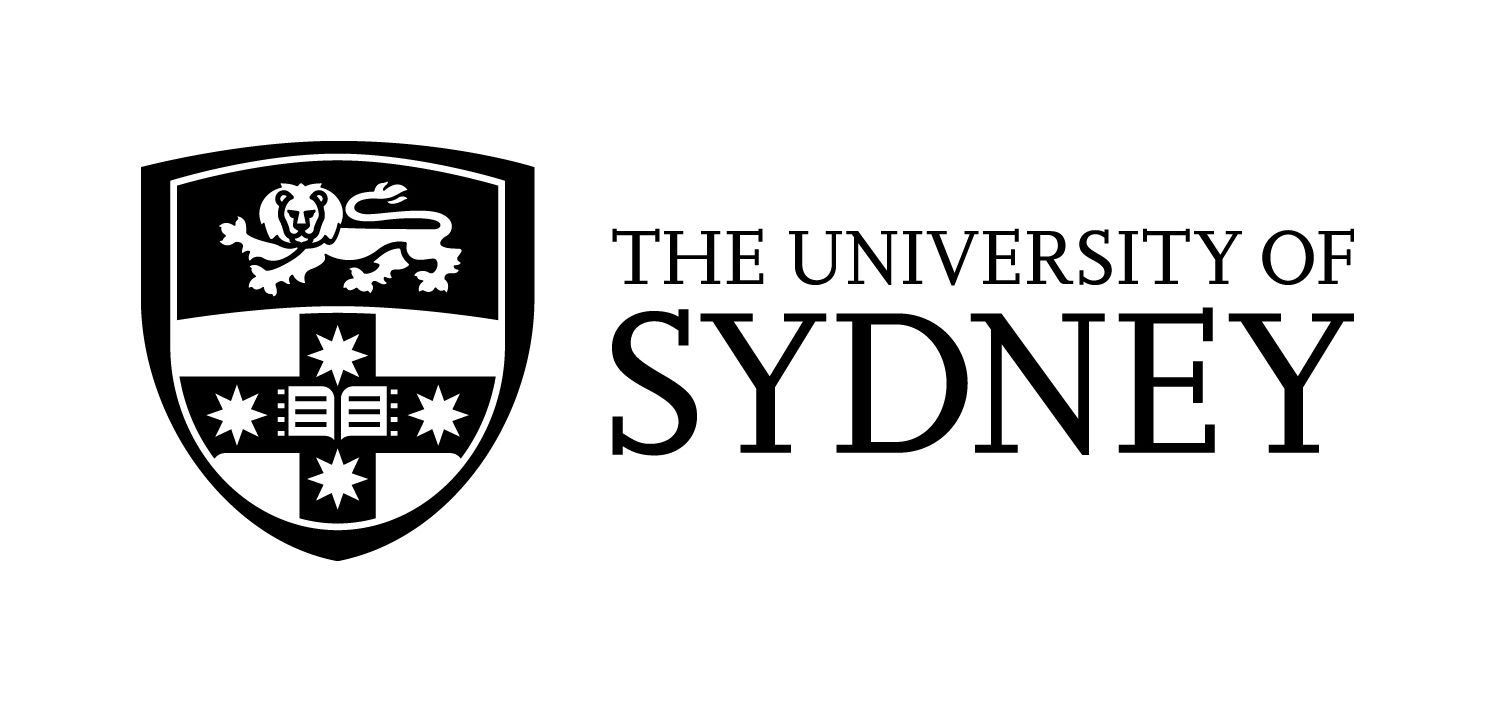Brief description
About the project
This project stems from the Evidence, Policy and Influence Collaborative, led by Prof Lisa Bero, which seeks to translate rigorous and unbiased evidence into clinical practice and health policy. One facet of this Collaborative is the study of bias in healthcare: we sought to understand the extent of pharmaceutical industry marketing in the form of payments to health professionals as a means to begin tracing the influence of marketing on clinical care.
About the dataset
This dataset contains details of the payments received by Health Professionals in Australia from the pharmaceutical industry from May 2016 to April 2017. Data were accessed on 2 and 27 September 2017 from openly available individual member company reports that were hyperlinked from the Medicines Australia website: https://medicinesaustralia.com.au/code-of-conduct/transparency-reporting/payments-to-healthcare-professionals/member-company-reports/
Related data from the Evidence, Policy and Influence Collaborative
Pharmaceutical industry-funded events for Australian health professionals (Oct 2011-Sept 2015)
Notes
- Data covered two time periods:
- May 2016 to October 2016 (when reporting was optional)
- November 2016 to April 2017 (when reporting was mandatory)
- Data were complete; every company provided reports for both of these time periods
- Data from company reports in Microsoft Excel format were copied and pasted to an aggregated Excel worksheet. The name of the company was included in column A
- Data from company reports in PDF files were first converted to Excel spreadsheets using eCopy PDF Pro Office 6 software (Nuance Communications Inc.) and then copied and pasted as above
- When pasting into the common spreadsheet, column order was double checked by copying the header with the data and also double checking the order of the 3 payments
- The “Period” is consistent with the spreadsheet provided by the company for that time period. There were numerous instances of payments provided in those spreadsheets with “Date of event or provision of service” outside the period of data reporting (eg, Nov-15 for a payment detailed in the May 2016-Oct 2016 spreadsheet)
- The “Date of event or provision of service” was usually provided by companies as month and year (eg, Mar-17)
- On those occasions when the date of event/service wasn’t clear or was given as a range that crossed the two reports (eg, see “Amerena, John V” in the most recent Pfizer report [September 2016-February 2017]), the date of event/service was generally chosen as the one that matched the time period in which it was reported but could be before or after the period in which the payment was detailed.
- The formatting of dollar amounts was cleaned up to a standard format, with two decimal points and no dollar signs. These data were stored in a number format to allow for summation by formula within Excel
- A Total column was added to the spreadsheet for each line item expenditure that is a summation of the 3 preceding columns (ie, Registration fees, Travel and accommodation, Fees for service and consultancy)
- The state of residence for each health professional was determined from the practice addresses provided. Where the state wasn’t provided, a Google search of the health professional was successful in identifying state of residency (matched to name and health practitioner type) for all but one line expenditure (March ELLIS, Janssen, May-Oct 2016)
- The health practitioner type was examined and collapsed down to the headings present based on a manual examination of all named types in the spreadsheet (eg, in general, once confirmed, most “Professors” became medical practitioners)
- An extra column of “Discipline” was added that further grouped healthcare practitioners as Allied health (eg, includes Dietitian, Psychologist, Physiotherapist etc); Medicine; Nursing (includes Nurse and Nurse practitioner); Other (ie, one each of Non-medical, Embryologist, Exercise physiologist); Pharmacy; Research
- Data are sorted by Name, followed by Company, followed by Period with a freeze and filter applied to top row to make searching easy. Once you have filtered what you want (eg, State = NSW, Discipline = Pharmacy, Period = Nov 2016-Apr 2017) you can then click on the column header N to see the sum total revealed at the very bottom right of the spreadsheet
Available: 2017-10-04
Data time period: 2016-05-01 to 2017-04-30
User Contributed Tags
Login to tag this record with meaningful keywords to make it easier to discover
- DOI : 10.4227/11/59D551C49233A



